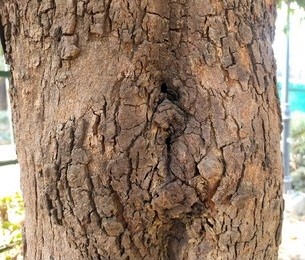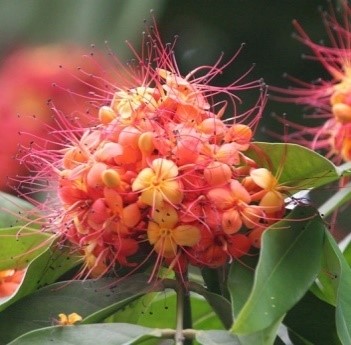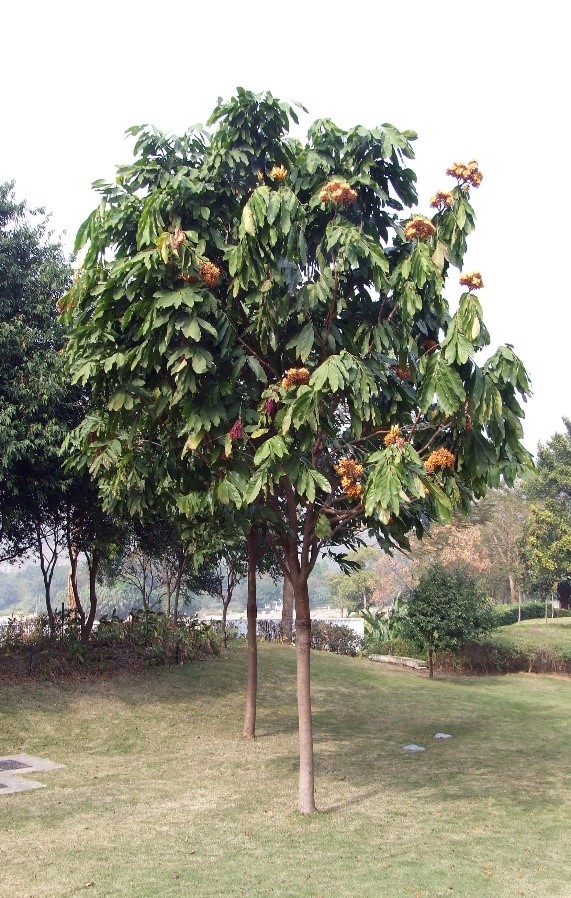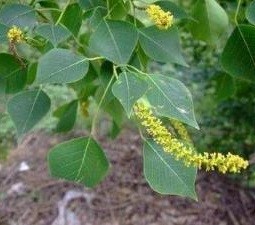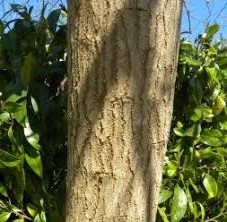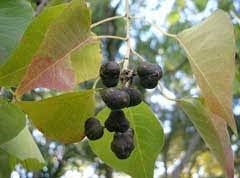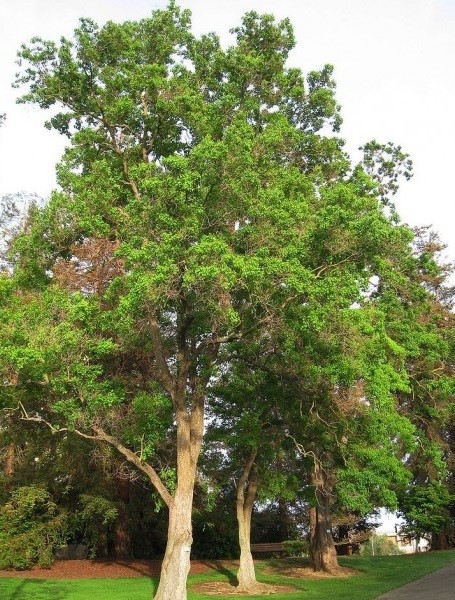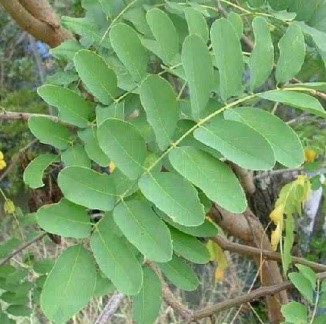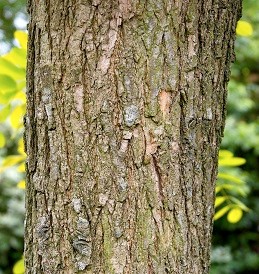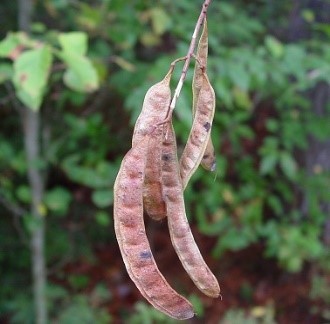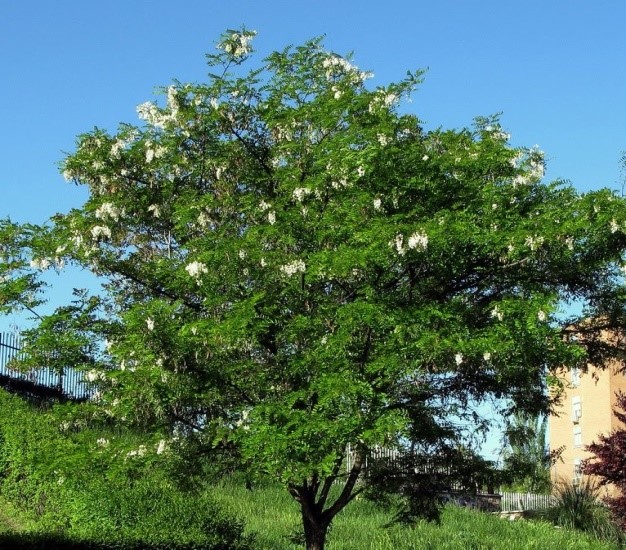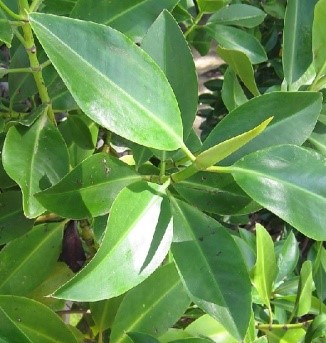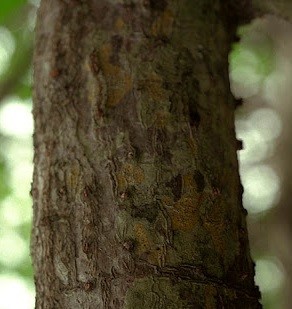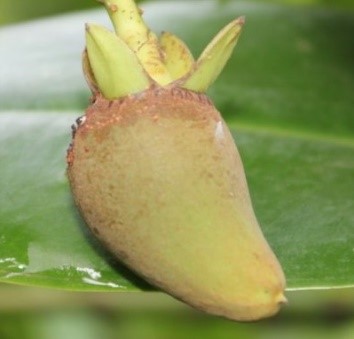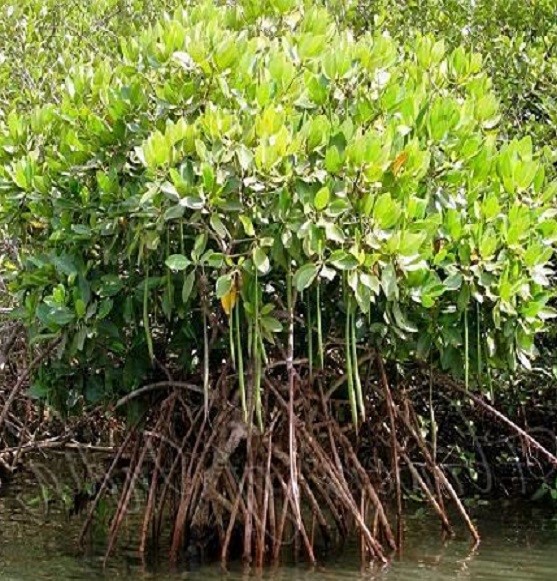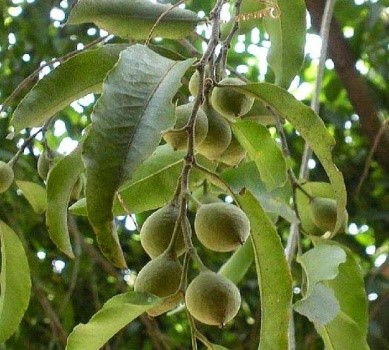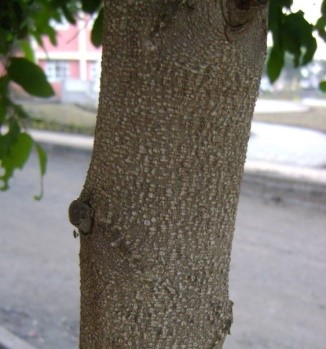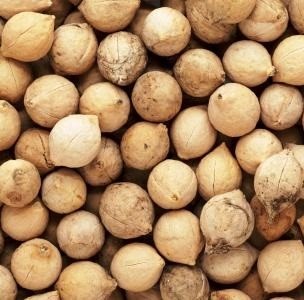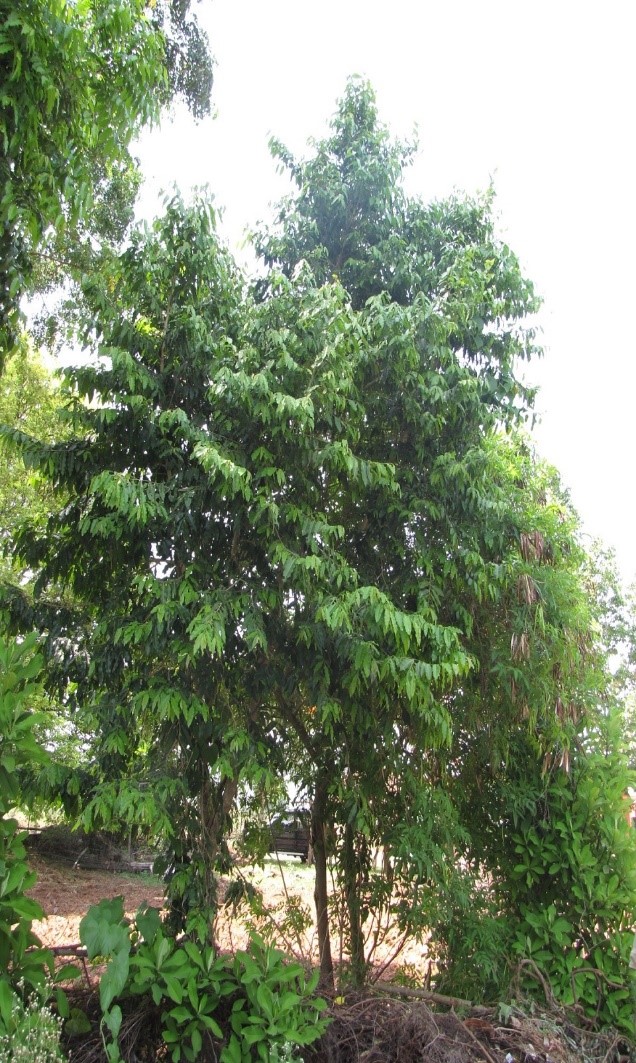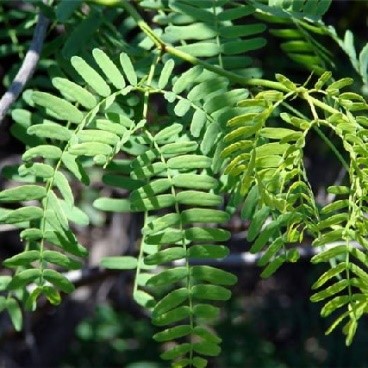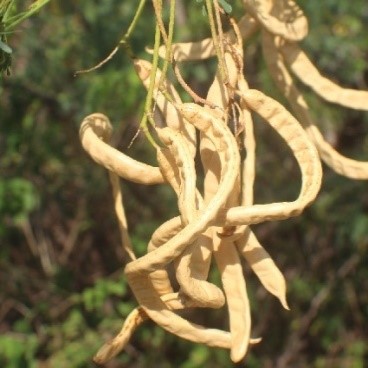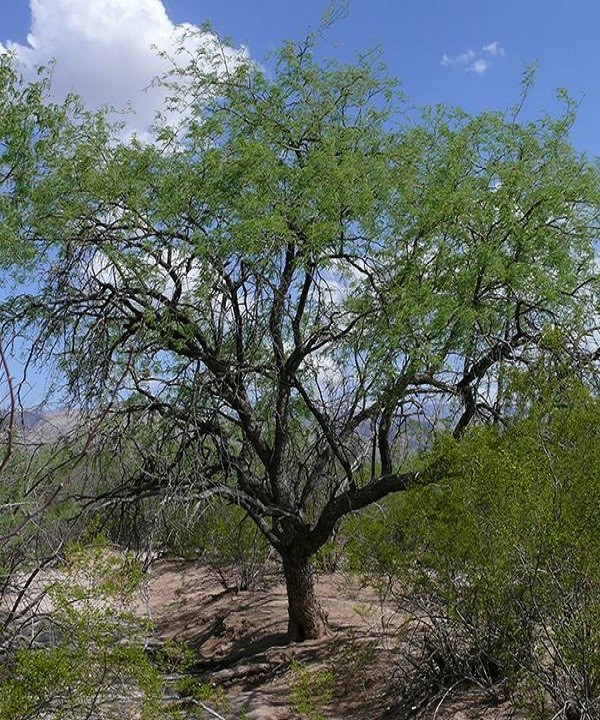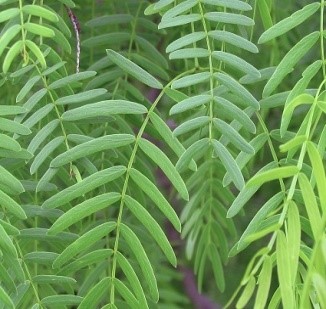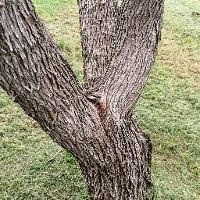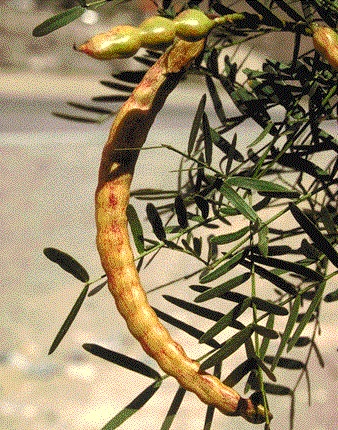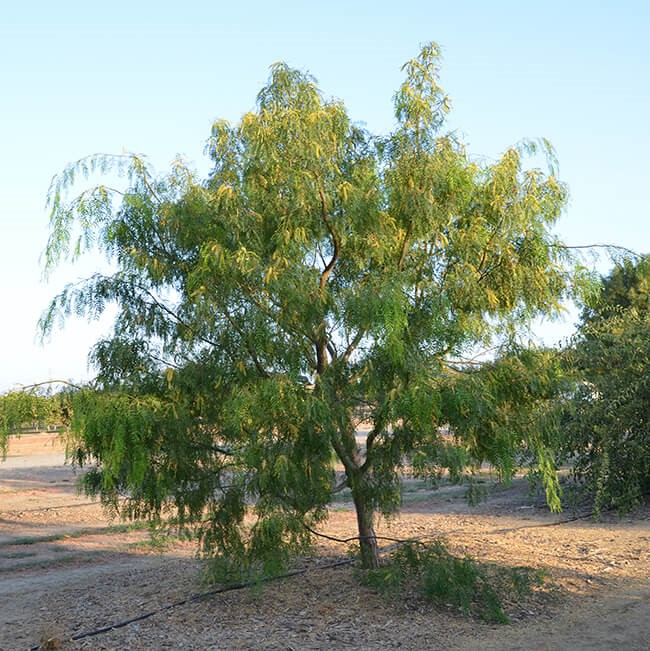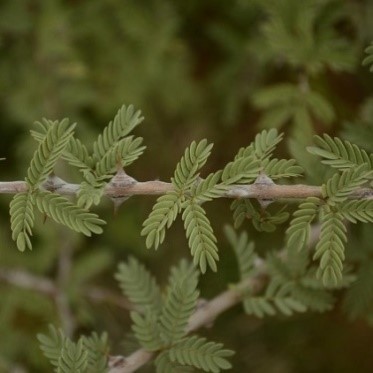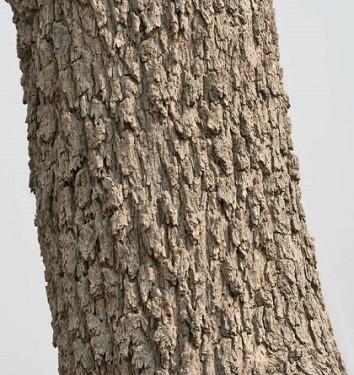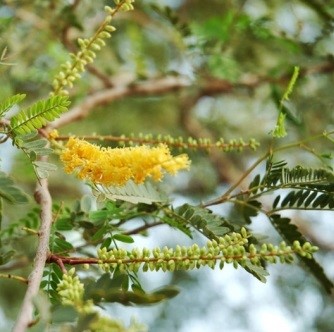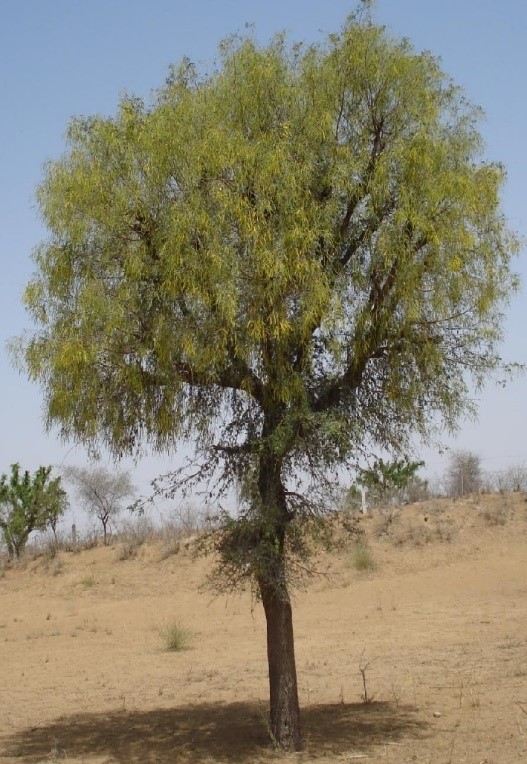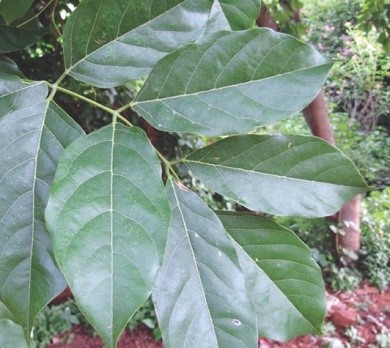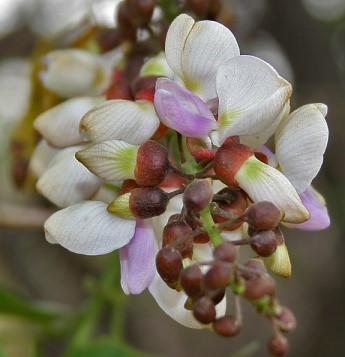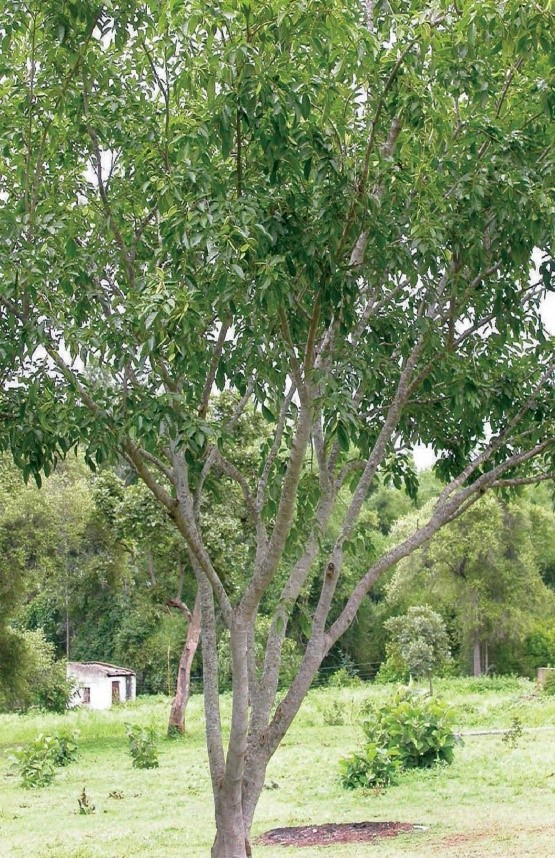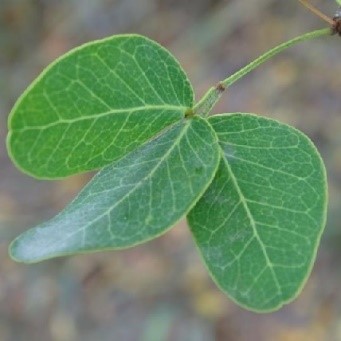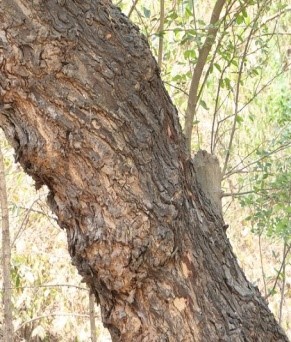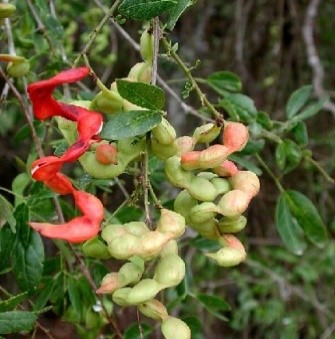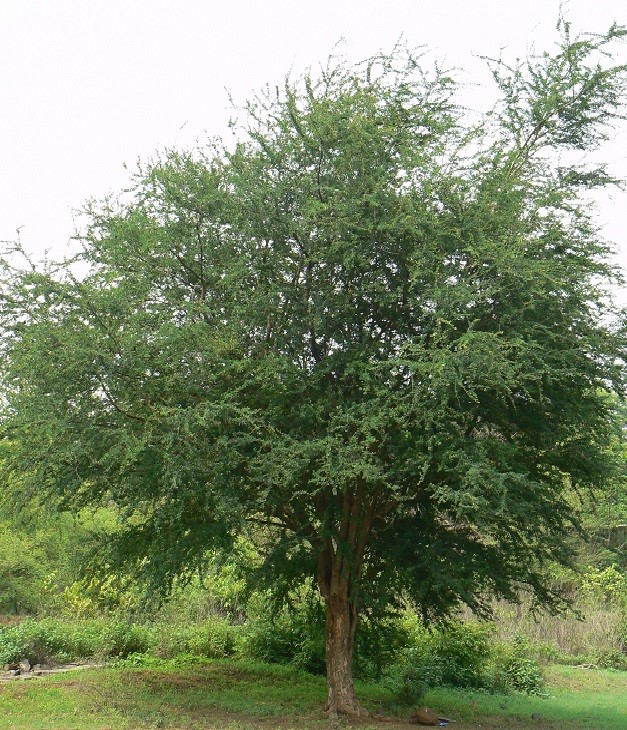Trees of Pakistan
Saraca indica Linn.
Family Name: Fabaceae
Local Name : Ashoka Tree
English Name : Ashoka
Description : This plant is an evergreen; slow-growing, small flowering tree and its height is up to 7 to 10 m. It is an easy to grow and easy to prune tree that flowers abundantly and provides a compact shaped canopy and makes it an ideal candidate as a lawn tree or a house plant. It shows symmetrical pyramidal growth with willowy weeping pendulous branches. The plant has umbrella like structure. The tree has compound leaves with 4 to 6 pairs of leaflets. The young leaflets changes colours from greyish white to pinkish and remain folded. The flowers produced in big dense clusters directly on trunk or branches. Unlike most other legumes, flowers have no petals. Sepals open yellow, aging to orange and red. Fruits are large, flat and leathery explosive pods (20cm), purplish when mature, shaped l
Sapium sebiferum (L.) Roxb.
Family Name: Euphorbiaceae
Local Name : Charbi, Pahari shisham
English Name : Chinese tallow, Hilly shisham
Description : A small-sized deciduous tree 6 to 12 m tall with a diameter of 0.2 to 0.3 m. The crown may range from low spreading and multi-forked to slender columnar with small pendant branches. The leaves are simple, heart-shaped and 2 to 7.5 cm across. The bark is rough and light grey. It can be monecious but in some cases the flowers have both male and female parts. The yellow flowers occur in small, drooping bunches 5 to 20 cm long. The flowers occur between May and October. The fruit is a capsule, and the fruiting period is between November and January. It has no known insect or disease problems. It is reproduced both from seed and by vegetative means. A moderately fast-growing tree, it has been reported to have a diameter growth MAI of 0.85 cm. In a plantation it is reported to have pro
Robinia pseudoacacia Linn.
Family Name: Leguminosae
Local Name : Robinia, jangli chambeli
English Name : Black Locust
Description : A medium sized to large, deciduous tree 30 m in height with an open crown and a straight bole. There are a variety of growth forms some of which may be thorny. The leaves are compound 18 to 15 cm long. The bark is thick, rough, brown and has longitudinal fissures. The flowers are small and occur in long hanging bunches. They are yellowish to white and fragrant, appearing between March and June. The pods are small, 2.5 to 3 cm long and 0.5 cm wide. The pods are hard and usually break open while on the tree scattering the seed. The pods mature between August and October. The tree is relatively free of disease and insect problems. In the United States it can be heavily damaged by borers such as Megacyllene robiniae and Cyllene robiniae. It is easily reproduced both from seed and by
Rhizophora mucronata Lam.
Family Name: Rhizophoraceae
Local Name : Kamo, Kunro, Bhora, Timmar
English Name : Asiatic Mangrove
Description : A small to large evergreen tree 25 m tall with a diameter of 70 cm. The crown is spreading and supported by stilted roots. The leaves are simple, elliptical to oblong 8 to 15 cm long and 5 to 10 cm wide. The leaf tips are sharply pointed while the bases are short pointed with wavy (entire) margins. The thick, leathery leaves are dark green and hairless on top and black dotted green underneath. The bark is brown or blackish, smooth or with horizontal fissures. There are 3 to 8 small flowers 15 mm long, to a cluster. They are bell shaped, yellow and fragrant. The flowers bloom between July and October. The fruit is berry, egg shaped 5 to 7 cm long and leathery. The seed matures from August through September. It has no known disease or pest problems of any importance. A slow growing
Putranjiva roxburghii Wall.
Family Name: Euphorbiaceae
Local Name : Putranjan
English Name : Lucky Bean Tree
Description : This plant is evergreen dioecious tree having height of about 10 to 15m with pendent branches. Bark of the tree is yellowish grey in colour. The bark is bark grey and strong. Leaves are simple, alternate elliptic-oblong, acute, coriaceous, dark green, distantly serrulate, and wavy, with small stipules and the petiole is 5 to 7 mm long. The male flowers are yellowish and have rounded axillary clusters and present on the main branches. Female flowers are solitary or 2 to 3 together, greenish in colour and pedicels are 8 to 10 mm long. The flowering time of the plant is March and May. Fruit a drupe, 1 to 2cm long 1.5 cm broad and it is ellipsoid and pointed at both ends and yellowish white in colour. Only one and very hard seed is present.
Prosopis juliflora (Swartz) D.C.
Family Name: Leguminosae
Local Name : Devi
English Name : Mesquet
Description : An almost evergreen, thorny, shrub or small sized tree 10 m tall. The crown is open and stem diameters of 20 cm have been reported. Foliage is feather-like, and the leaves are compound up to 1.8 cm long. Leaf fall occurs for a short period before flowering. The flowers are small, greenish yellow, arranged in small, dense bunches, and appear between March and June. The pods are fleshy, flat, 16 to 23 cm long and contain on the average 10 to 18 seeds. The straw-colored pods mature between May and July. A number of insects attack it, but they are of little significance. It is reproduced both from seed and by vegetative means. The seed can be stored for long periods. Pretreatment of seed by nicking the seed coat, or a water or acid soak will speed germination. Yield of 3 to 5 m3/ha/
Prosopis glandulosa
Family Name: Fabaceae
Local Name : Devi
English Name : Honey mesquite
Description : This plant is a shrub or small tree, and it is up to 9 m tall, and the trunk is up to 1 m in diameter. The spines of the plant are axillary and 1 to 5 cm long. Leaves of the plant are bipinnate, glabrous and up to 15 cm long and are in 1 to 2 pairs of pinnae per leaf, up to 15 cm long. Flowers are yellow in color and racemes are 5 to15 cm long. Fruit of the plant is a long, yellowish-brown pod. There are 4 to 20 seeds per pod, seeds 5to 7 mm long. The seeds are eaten by a number of animals.
Prosopis cineraria (Linn.) Druce.
Family Name: Leguminosae
Local Name : Jand, Kandi
English Name : Mesquet
Description : An almost evergreen, thorny, large shrub, small sized tree 12 m tall. The crown is open and spreading. The stem is short with diameters up to 31 cm. Foliage is feathery-like and the leaves are compound, 1 to 2.5 cm long. Leaf fall occurs for short periods before flowering. The bark is rough, grey, and exfoliating in thin flakes. The flowers are small, creamy white to pale yellow and are arranged in small bunches, 1 to 2.5 cm long, flowering between December and May. The pods are flat, 12 to 25 cm long and contain on the average 10 to 15 seeds, maturing between April and August. A number of insects attack it, but they are of little significance. It is reproduced both from seed and by vegetative means. The seed can be stored for long periods. Pretreatment of seed by nicking the se
Pongarnia pinnata (L) Pierre
Family Name: Fabaceae
Local Name : Sukhchain
English Name : Indian Beech, Hongay oil tree
Description : This plant is a legume tree that grows up to 12 to 25 m in height with a very large canopy that spreads wide. It may be deciduous for short periods. It has a straight or twisted trunk that 40 to 90 cm in diameter. The bark is smooth and vertically fissured, and its colour is with grey, brown. Branches have pale stipulate scars and are smooth. The plant has pinnately compound leaves and they are shiny and soft when young, and glossy when matures. Flowers are usually white, purple, and pink present in small clusters. The flowers have bell-shaped calyx. The mature fruits or pods are woody and brown in colour. The size of pods varies.
Pithecolobium dulce (Roxb.) Benth.
Family Name: Leguminosae
Local Name : Jangali Jalebi
English Name : Manila Tamarind
Description : An almost evergreen, thorny, medium sized tree, 20 m tall. The crown is broad and spreading, to 30 m in diameter. The stem is short and is up to 31 cm in diameter. Foliage is feathery-like and the leaves are compound. 1 to 2.5 cm long. The bark is smooth grey with small, yellowish white spots. The flowers are small, greenish white and are arranged in long bunches. It flowers between October and April. The pods are flat, 10 to 12.5 mm long and mature between April and June. Grazing can be a problem but, once established, it is very difficult to eradicate. Insect and disease problems include leaf spot and defoliators plus it is a favored host of the thorn bug. It is reproduced both from seed and by vegetative means. The seed remains viable for long periods of time. Pretreatment of

